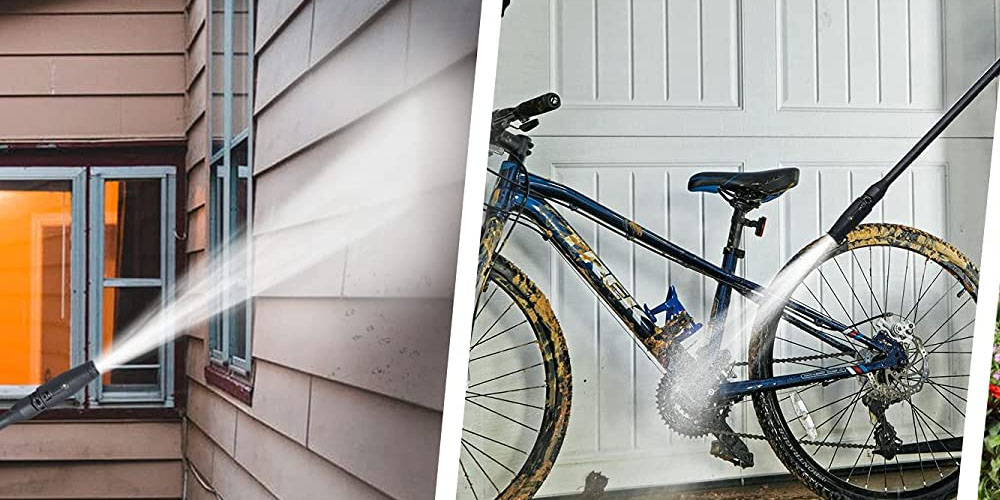The functions of a pressure washer unloader valve vary. The unloader valve diverts water flow when not in use. When released, it responds to increased pressure to reduce engine load. If the unloader valve does not divert the water, the engine and pump are under strain. This increased load can over time damage the pump. Here we provide advice on pressure washer valves, including their function and components.
Advice on pressure washer unloader valve
If you're having trouble with your pressure washer, you may need to look at its unloader valve. This valve is crucial to the quality of work your pressure washer performs. Without proper care, this valve can cause serious safety problems. It can also lead to damage to your pressure washer. Here are a few tips for keeping your pressure washer valves in good working order. Follow these tips to make sure your pressure washer unloader valve is functioning properly.
The unloader valve is a safety valve that sends pressurized water into a by-pass. It cycles water from the pump's outlet side back to the water tank. This prevents buildup of pressure during the idling phase. A ball-check or spring mechanism activates the valve. It prevents the water from overpressurizing when it is turned off.
Functions
The functions of the pressure washer unloader valve are vital to its proper working. You need to ensure that it is operating at the proper pressure before adjusting the unloader valve. The motor should be running at 3700 rpm before and under load. To adjust the unloader valve, unscrew the nylon lock nuts on either side of the threaded piston. After unscrewing the locknuts, unfasten the two locknuts on the bottom.
The unloader valve diverts the water flow when it is not pressed. When the trigger is released, the water is returned to the tank or pump intake. Using an unloader that does not function properly can cause damage to adjacent items and surfaces. It can even damage people coming into contact with the pressure washer. Excessive pressure is not safe for humans to come into contact with, and it can cause a serious injury.
Components
A pressure washer unloader valve can be a critical part of any pressure washer. In addition to ensuring safety, it also controls the flow of water. To increase service life, it is important to properly select the valve. Many valves have different inlet ports, and the proper selection can greatly increase the valve's service life. A check valve in the outlet port also helps to keep water from flowing out of the unloader.
Another important component of a pressure washer unloader valve is the trigger. It allows operators to depress the trigger, diverting the water back through the pump. These valves can handle up to 5800 psi, making them ideal for power washing applications. If you don't use the trigger often, a safety relief valve can be a great option. Flow-actuated valves are also available. This type of valve also has a built-in check valve in the discharge port, which diverts water back to the pump when the trigger is released.
Installation
If you've recently purchased a pressure washer, you may be wondering how to install the unloader valve. A properly installed pressure washer unloader valve will ensure that the pressure of the water being sprayed is lower than it would otherwise be. The first step is to connect the pipes to the unloader. You'll need to adjust the spring to ensure the right amount of pressure. If the spring is too loose or too tight, the pressure will be trapped and could damage components. Also, the trapped pressure will put the employees in danger. If the spring tension is too high or too low, it can overwork the engine.
Before you begin, remove the old unloader valve. Then, thread the new valve into the pump. Make sure to use silicone lubricant to ensure a proper seal. Once the new valve is in place, you should turn on the pump. Make sure to follow all manufacturer instructions and use the proper safety equipment. Some repairs are better left to a professional. For safety reasons, a qualified technician should perform any repairs.


